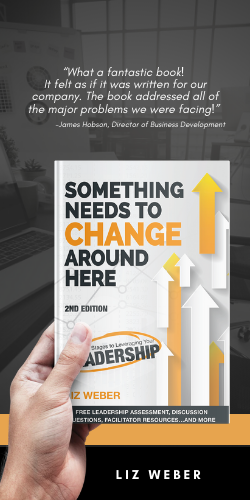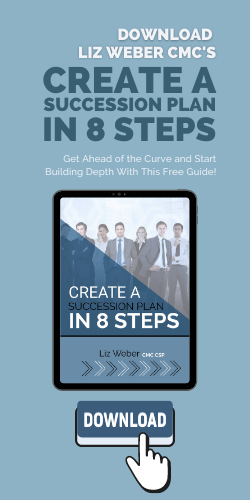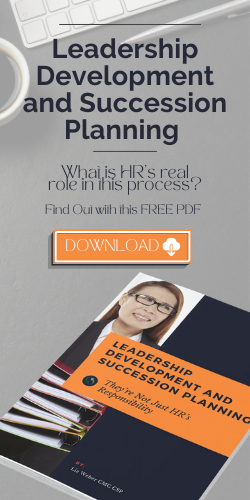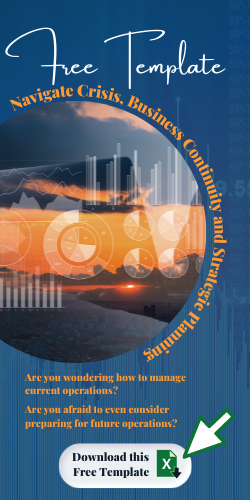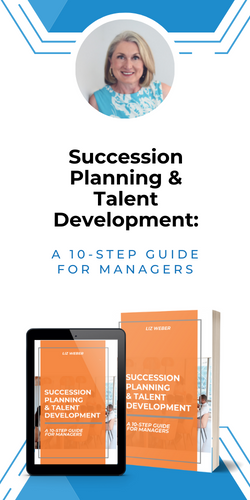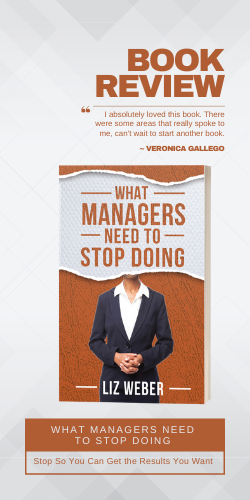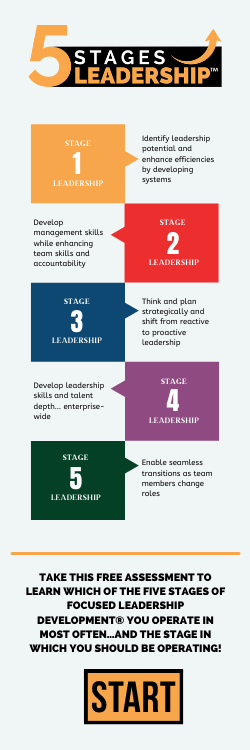Four times in the last two weeks, I’ve been asked to help a client or their management team hone their communication skills so they better understand one another and so their meetings and strategic planning update sessions are ‘tighter’ and more productive.
In various ways each client said, “Help! We’re drowning! We’ve got too many things to do and too few people to do it all. Because we’re overwhelmed, we don’t clearly communicate what’s important. We spew words at one another as we mentally run through our myriad of issues and ideas. We’re hoping the people we’re talking to will magically understand what we want, why it’s important, and know how they should support us”. Yeah, good luck with that approach.
My approach to communicating with executives and boards of directors is based upon one simple premise: They’ve got VERY limited time and attention spans, so make it INCREDIBLY easy for them to track your logic and make the decision, provide the information, or take the action you want. Sounds good, right? O.k., so how do we do this?
My approach to communicating with executives and boards of directors is based upon one simple premise: They’ve got VERY limited time and attention spans, so make it INCREDIBLY easy for them to track your logic and make the decision, provide the information, or take the action you want.
First – Remember: They’re busy.
Executives are very busy and have limited physical time and mental space to go deep with your specific project or area of expertise. Whether planned or not, many C-Suite executives operate on six-minute intervals. That means, in the course of one hour, at a bare minimum, they must assess and make impactful decisions on at least 10 issues and challenges. Then the next hour starts with another series of issues and challenges to assess and address. They, understandably so, don’t track all issues long-term and they can quickly forget the status of any one project. Their internal clock is loud and it’s tick, tick, ticking to keep them on pace to deal with the sheer magnitude of issues their roles require. To grab one of their six-minute slots, plan to communicate in six-minute time slots yourself. You’ve got – potentially – six minutes to grab their attention, hook them with your idea or content, influence their thinking with your data or reasoning, and lead them to the action you want.
You’ve got – potentially – six minutes to grab [an executive’s] attention, hook them with your idea or content, influence their thinking with your data or reasoning, and lead them to the action you want.
Second – Identify the problem, the impact, the data, and solution(s).
Even though executives and others don’t have the time or desire to know all of the details of your issue, challenge, or proposal, you need to know them. Therefore, as you’re preparing to share information or make your presentation or pitch, prepare yourself so you can prepare them.
- Identify the problem, issue, or project clearly and its impact – What specifically is the problem, issue, or update you are presenting to them and why should they care?
- Who does it affect?
- How does it impact the company/organization/stakeholders?
- How does/could it affect them (the executive(s))?
- Why should they care?
- How could this help them or hurt them?
- What specific 1 or 2 examples highlight the importance?
- How might they negate this or pushback on it?
- What’s the data show?
- What data do you have to substantiate your claims?
- Is the data source valid from their perspective or is it irrelevant?
- Is the data a lagging indicator or predictive?
- Does the data validate or amplify the 1 or 2 examples you’ve selected?
- If they do nothing, what happens? What does the data show?
- What is/are the solution(s)?
- What are you proposing to do next or to possibly maintain or correct the situation – and why?
- What actions or solutions do you recommend to them given the situation – and why?
- What 1-3 options/scenarios do you suggest they consider before they make a decision?
- Focus on the desired outcome/impact
- Will the solutions proposed “resolve” the issues highlighted in your example(s)?
- How will proposed solutions or actions positively impact or make life harder for them, others, the company/organization/other stakeholders?
- What concerns might they have with your recommended solutions?
All of these details and insights may never be fully communicated to others, but they become part of your personal knowledge warehouse and enhance your ability to more confidently and comfortably speak to and advocate for your projects and programs.
Third – Simplify the issue.
One of my favorite quotes is attributed to Albert Einstein, and says, “If you can’t explain it simply, you don’t understand it well enough.” The ability to make something complex and important both understandable and impactful is an incredible and undervalued skill. The longer you drone on about your proposal, the greater you risk alienating any support for it or for you. On the other hand, if you try to save time by not explaining the issue and say something like, “We need your support. But this is really complicated and we don’t have enough time to fully explain it to you,” you’ve just presented yourself as condescending and out of touch with how decisions are made. Executives don’t want or expect you to fully explain it. They want you to know it so well that you can quickly and concisely explain it to them and others in ways that make sense.
To simplify an issue so it makes sense, I like using analogies and words that are simple and understandable by most people – not just by industry insiders. I heard an example of this just today while listening to an interview with Dr. Neil deGrasse Tyson, in which he was explaining how to start to understand the magnitude of infiniti. He generally said, “Think of a dictionary. Every word in the dictionary, that explains every word in the dictionary, has a series of words that explain it.” In two sentences, he created a visual image everyone who has viewed a dictionary can relate to, and he then shared a tip for understanding how rapidly the number of words in play exponentially increases. Beautifully simple. What analogies or examples, using simple words, can you use to help others understand the importance of your issue, update, proposal?
What analogies or examples, using simple words, can you use to help others understand the importance of your issue, update, or proposal?
Fourth – Organize your presentation delivery – whether oral or written.
I outlined this fourth step above when I said, You’ve got – potentially – six minutes to grab their attention, hook them with your idea or content, influence their thinking with your data or reasoning, and lead them to the action you want.
Even if you have more than six minutes, you want and need to grab their attention quickly or you run the very real risk that they’ll start multi-tasking mentally and/or physically. So how do you do it?
- Share a clear, compelling statement of your problem, issue or project status
- Provide relatable, real examples to highlight impact and elevate their emotions
- Share vetted data that highlights the impact and the scale of the problem, issue or project
- Anticipate their concerns and push back and address them with your content or data
- Share solutions, next steps, recommended actions, or ask for their support
- Highlight the impact of taking no action or of taking action
Requests for their support, action, or approval need a few key elements: a need, sound reasoning, a good example or story, and data. Without a need or problem, there is no need for action. However, when you have all of these elements, they can work together beautifully to move decision-makers in the direction you want them to go. A strong need and good data peak interest. Stories and examples create personal connections and stir emotions. Emotions spur action.
Communicating with executives so they get it isn’t complicated, but it isn’t easy and does require preparation. You have to know your stuff. Be able to present your information in six minutes and know enough about it to talk for hours.
Be able to present your information in six minutes and know enough about it to talk for hours.
Copyright MMXXIII – Liz Weber, CMC, CSP – Weber Business Services, LLC – www.WBSLLC.com +1.717.597.8890
Liz supports clients with strategic and succession planning, as well as leadership training and executive coaching. Learn more about Liz on LinkedIn!












